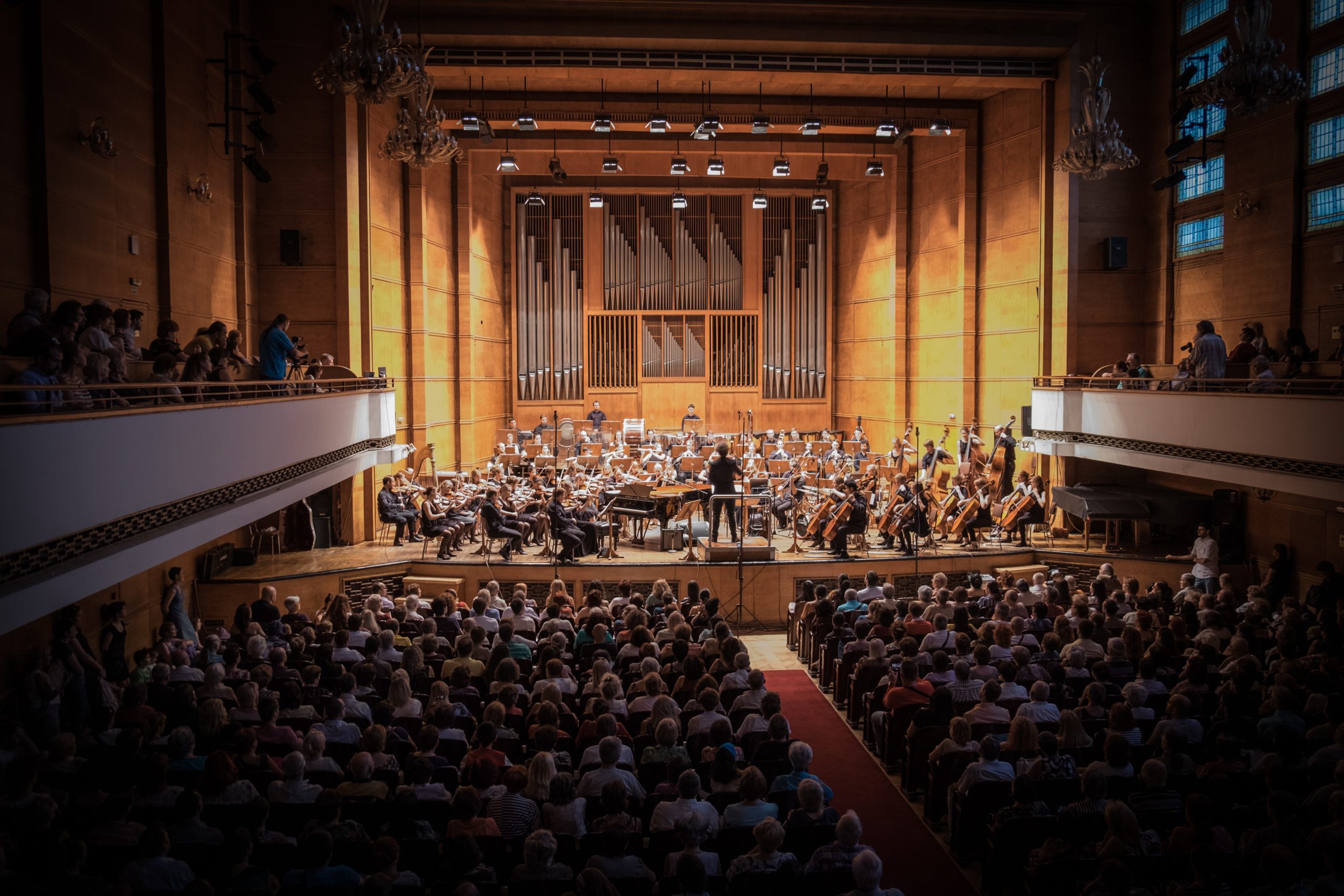It’s no secret that Canada has been experiencing inflation recently. While this impacts our daily expenses, including rent or grocery prices, how has it impacted the arts? Has the arts become inaccessible?
Sylvia Defend, a professor in the theatre department, asked her third-year costuming class full of theatre and art students whether they felt that art is inaccessible in Toronto. As theatre is their interest, they expressed that it is inaccessible due to the high pricing of tickets and factoring in the cost of transportation to attend these events.
“Often this extra money is beyond the means of most students and theatre patrons. I think to make art accessible, we may need more public art, government subsidies, and more relationships and agreements between educational and arts institutions to provide free activities to arts and theatre events. Also, arts institutions should better advertise student deals and discounted tickets,” adds Defend.
Brandon Vickerd, a professor and chair of the department of visual art and art history, agrees that the cost of going to theatres and concerts is increasing and that it is inequitable for publicly funded institutions to charge admissions, such as the AGO and MOCA.
“However, I would highlight that Toronto has a large number of free galleries, artist-run and commercial gallery spaces – shout out to the Art Gallery of York University, and free art festivals such as Nuit Blanche and Contact Photography festival and tons of outdoor public art,” says Vickerd.
“Inflation is amplifying economic inequities and access to culture – however art education, and liberal education, has been undermined by successive governments for the past few decades long before inflation was an issue,” he adds. “The lack of investment in culture and education is a deliberate decision to create a cultural dead end and stifle political discourse. However, I am not worried as art is a fluid and dynamic force that will always outmaneuver rigid, conservative institutions.”
Defend adds to this sentiment, saying that, “enrollment in many arts institutions has been relatively low in the past few years because of COVID-19 and the economic constraints most people face. Studying the arts may not guarantee steady or adequate employment after their education. This a misconception because Toronto has a thriving film and theatre industry, and there need to be more workers to fill positions in these industries.”
Vickerd agrees that artists will always seek to create accessible work, whether that’s through sanctioned public art events or public approaches such as graffiti or murals. “There is a reason Banksy is the most recognizable name in contemporary art,” he states.
Adding that art only has value when it is engaged with the public, Vickerd adds that, “when institutions try to restrict access to culture through financial means, such as admission fees, they are only accelerating their own cultural irrelevance.”


